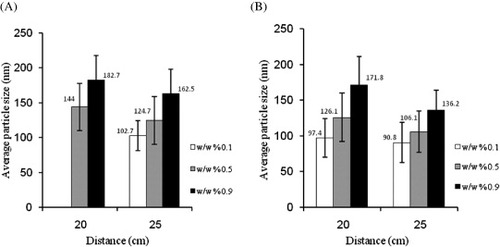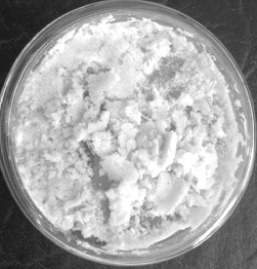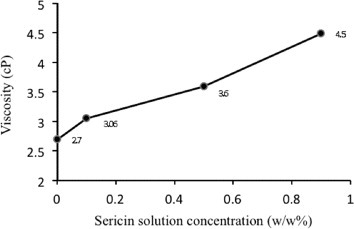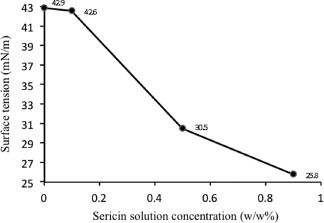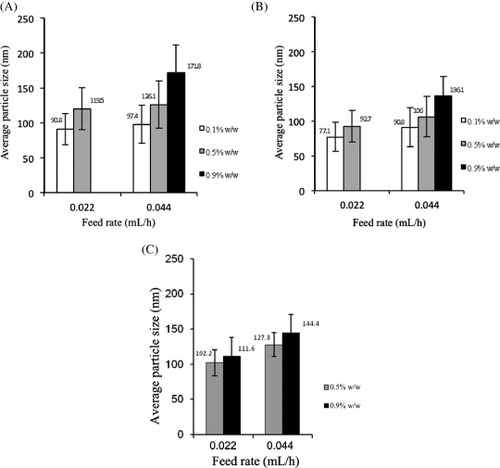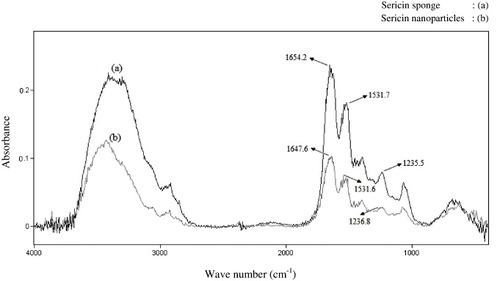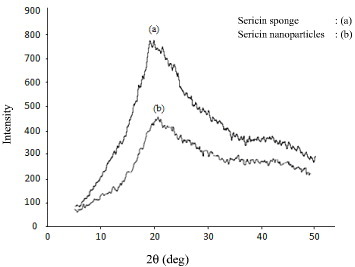Figures & data
Figure 2. Typical SEM images of sericin nanoparticles electrosprayed at 15 kV. Concentrations (%), feed rates (ml h−1) and nozzle–collector distances (cm) are 0.9, 0.044, 20 (A); 0.9, 0.044, 25 (B); 0.5, 0.044, 20 (C); 0.5, 0.044, 25 (D); 0.5, 0.022, 20 (E); 0.5, 0.022, 25 (F).
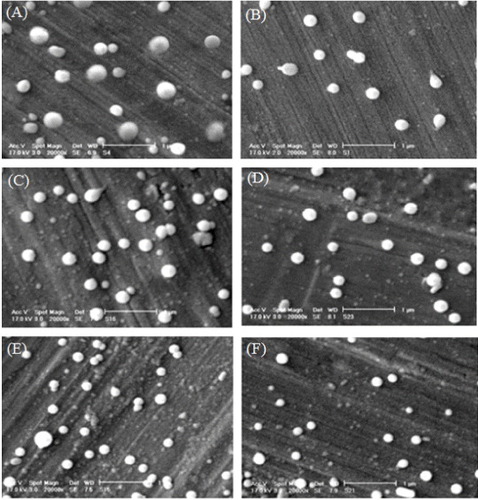
Figure 3. Average size of electrosprayed sericin nanoparticles versus sericin concentration in dimethyl sulfoxide (feed rate 0.044 ml h−1, voltage 20 kV, nozzle–collector distance 20 cm).
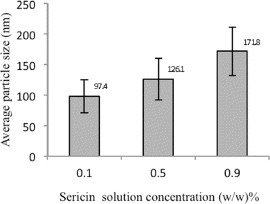
Figure 6. Average size of electrosprayed sericin nanoparticles versus electrospraying voltage. The feed rate is 0.044 ml h−1 and the nozzle–collector distance is 20 cm (A) or 25 cm (B).
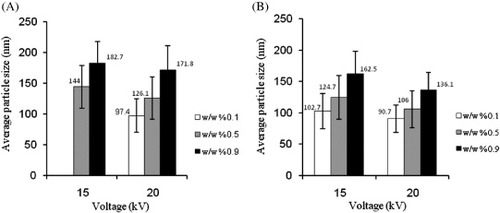
Figure 7. Average size of electrosprayed sericin nanoparticles versus nozzle–collector distance. The feed rate is 0.044 ml h−1 and the voltage is 20 kV (A) or 15 kV (B).
